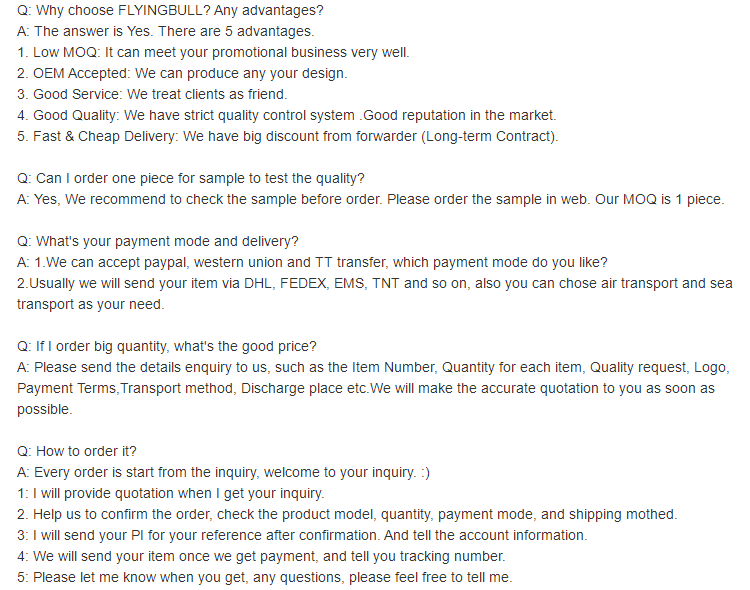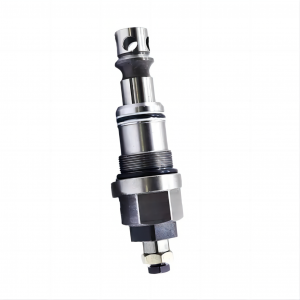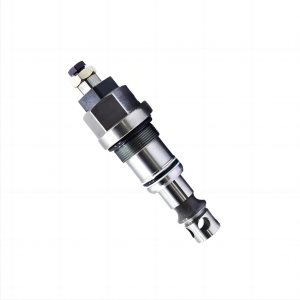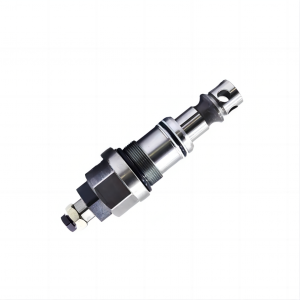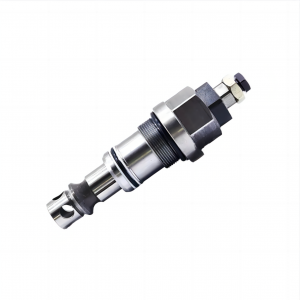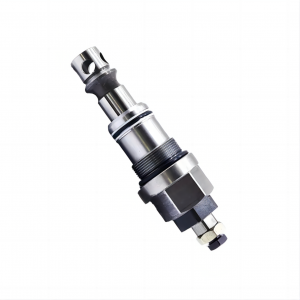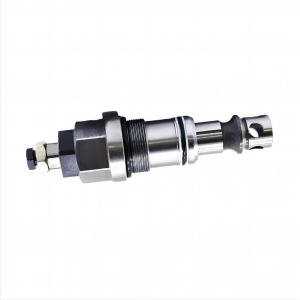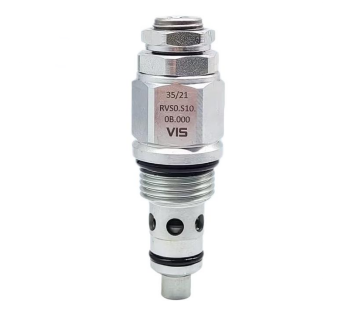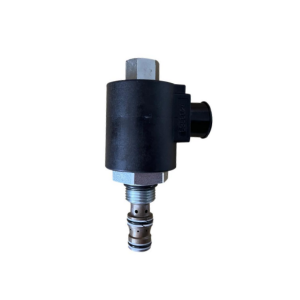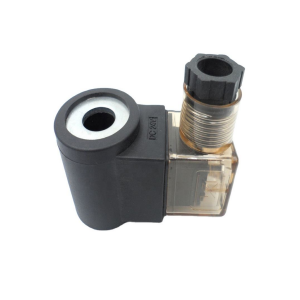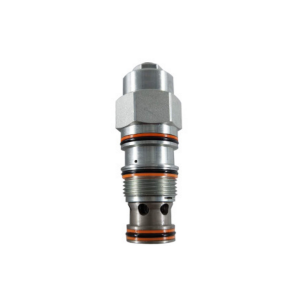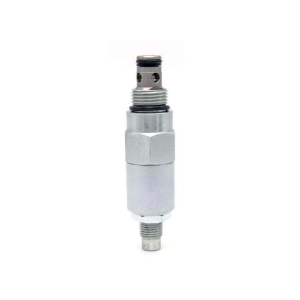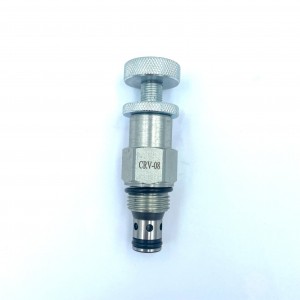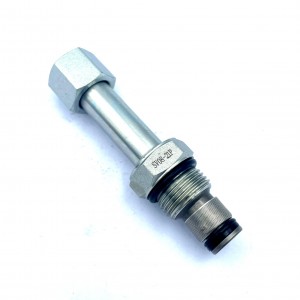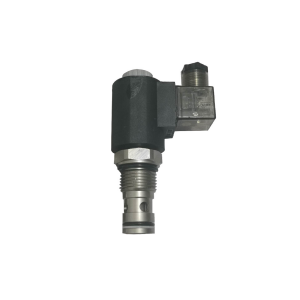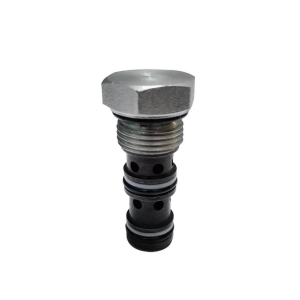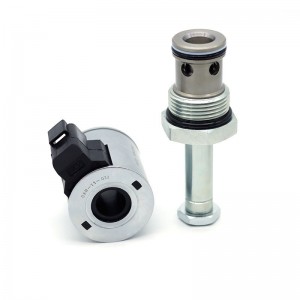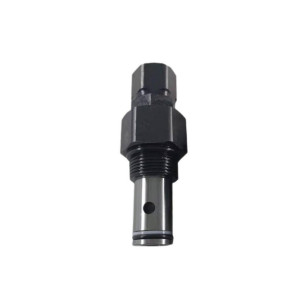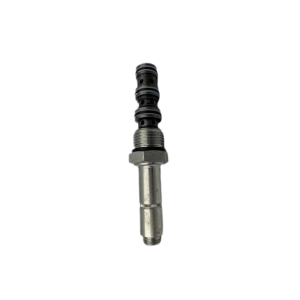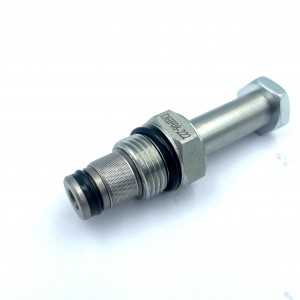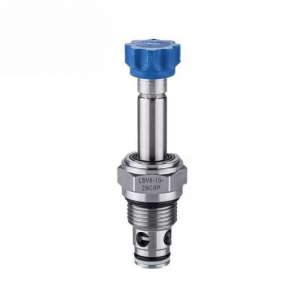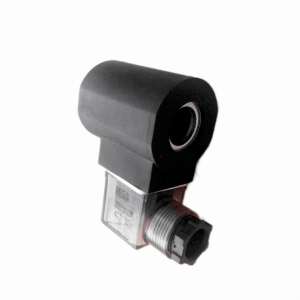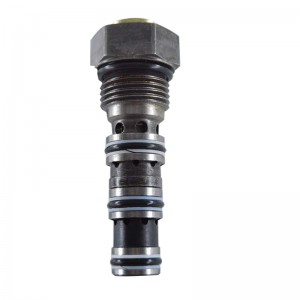Relief valve Excavator solenoid valve control valve Main valve 723-46-48100
Details
Dimension(L*W*H):standard
Valve type:Solenoid reversing valve
Temperature:-20~+80℃
Temperature environment:normal temperature
Applicable industries:machinery
Type of drive:electromagnetism
Applicable medium:petroleum products
Points for attention
Relief valve is a hydraulic pressure control valve, which mainly plays the role of constant pressure relief, pressure regulation, system unloading and safety protection in hydraulic equipment. In the quantitative pump throttling regulation system, the quantitative pump provides a constant flow, when the system pressure increases, the flow demand will be reduced, at this time the relief valve is opened, so that excess flow back to the tank, to ensure that the relief valve inlet pressure, that is, the pump outlet pressure is constant. The relief valve is connected in series on the return oil circuit, and the stability of the moving parts of the back pressure of the relief valve is increased. The unloading function of the system is to connect the solenoid valve with a small overflow flow in series at the remote control port of the relief valve. When the electromagnet is energized, the remote control port of the relief valve passes through the fuel tank. At this time, the hydraulic pump is unloaded and the relief valve is used as a unloading valve. Safety protection function, when the system is working normally, the valve is closed, only when the load exceeds the specified limit, the overflow is opened, and the overload protection is performed, so that the system pressure is no longer increased.
The main uses of the relief valve are the following two points:
(1) Pressure regulation and regulation. If used in a hydraulic source composed of a quantitative pump, it is used to adjust the outlet pressure of the pump to keep the pressure constant.
(2) Limit pressure. If used as a safety valve, when the system is working normally, the relief valve is in the closed state, and only begins to overflow when the system pressure is greater than its set pressure, which plays an overload protection role on the system.
The characteristics of the relief valve are: the valve and the load want to be in parallel, the relief port is connected back to the fuel tank, and the inlet pressure is negative feedback.
Here's a quick look at the direct-acting relief valve:
Direct acting relief valve is a relief valve in which the hydraulic pressure of the main oil line acting on the spool is directly balanced with the pressure regulating spring force. As shown in Figure 1, the direct-acting relief valve forms three basic structures due to the different structural types of the valve port and the pressure measuring surface:
Use slide valve type overflow port, end face pressure measurement;
The taper valve type overflow port is adopted, and the end face pressure measurement method is also adopted.
The pressure measuring surface and throttle edge of the valve port are both used as cones.
However, no matter what kind of structure, the direct-acting relief valve is composed of three parts, such as pressure regulating spring and pressure regulating handle, relief valve port and pressure measuring surface.
Product specification
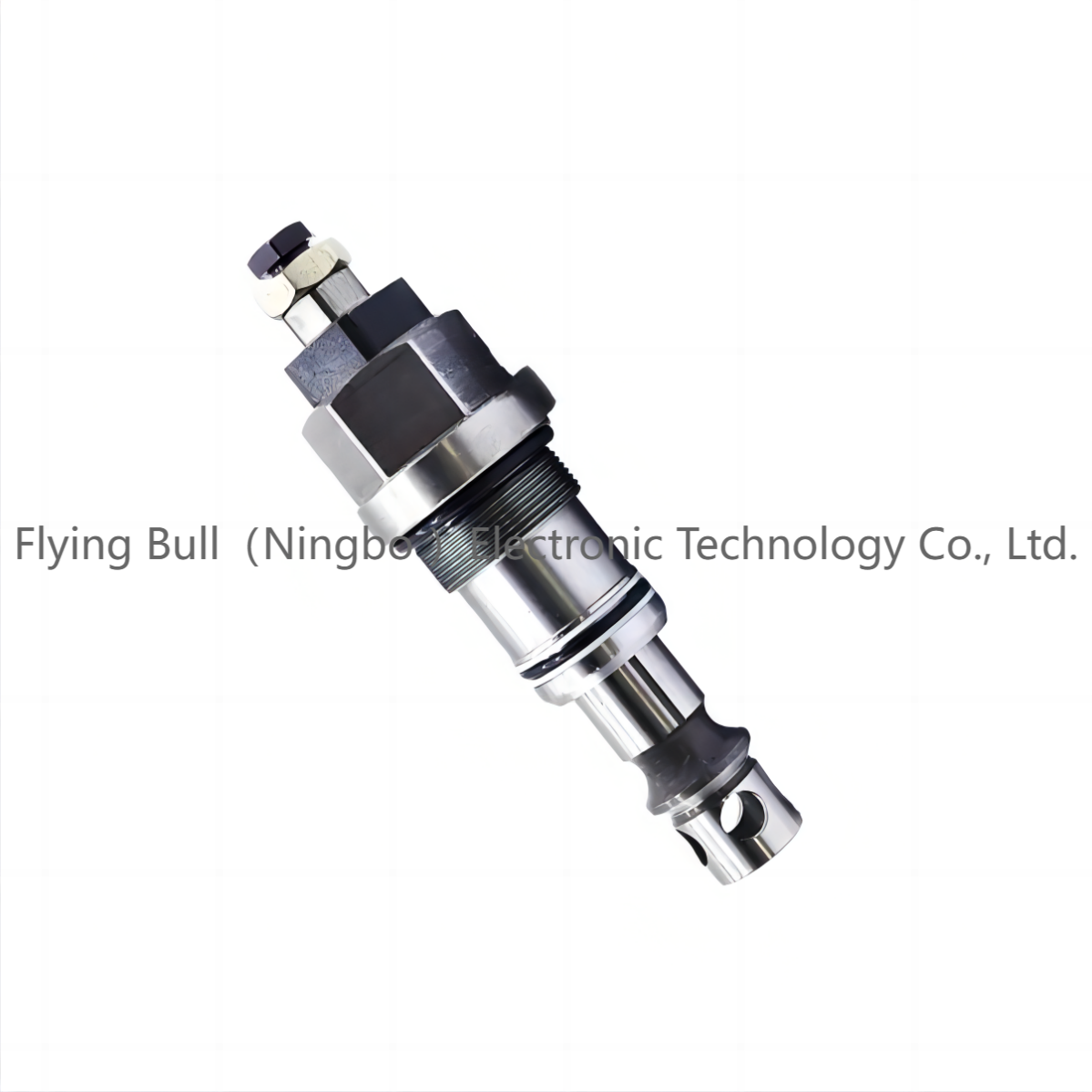
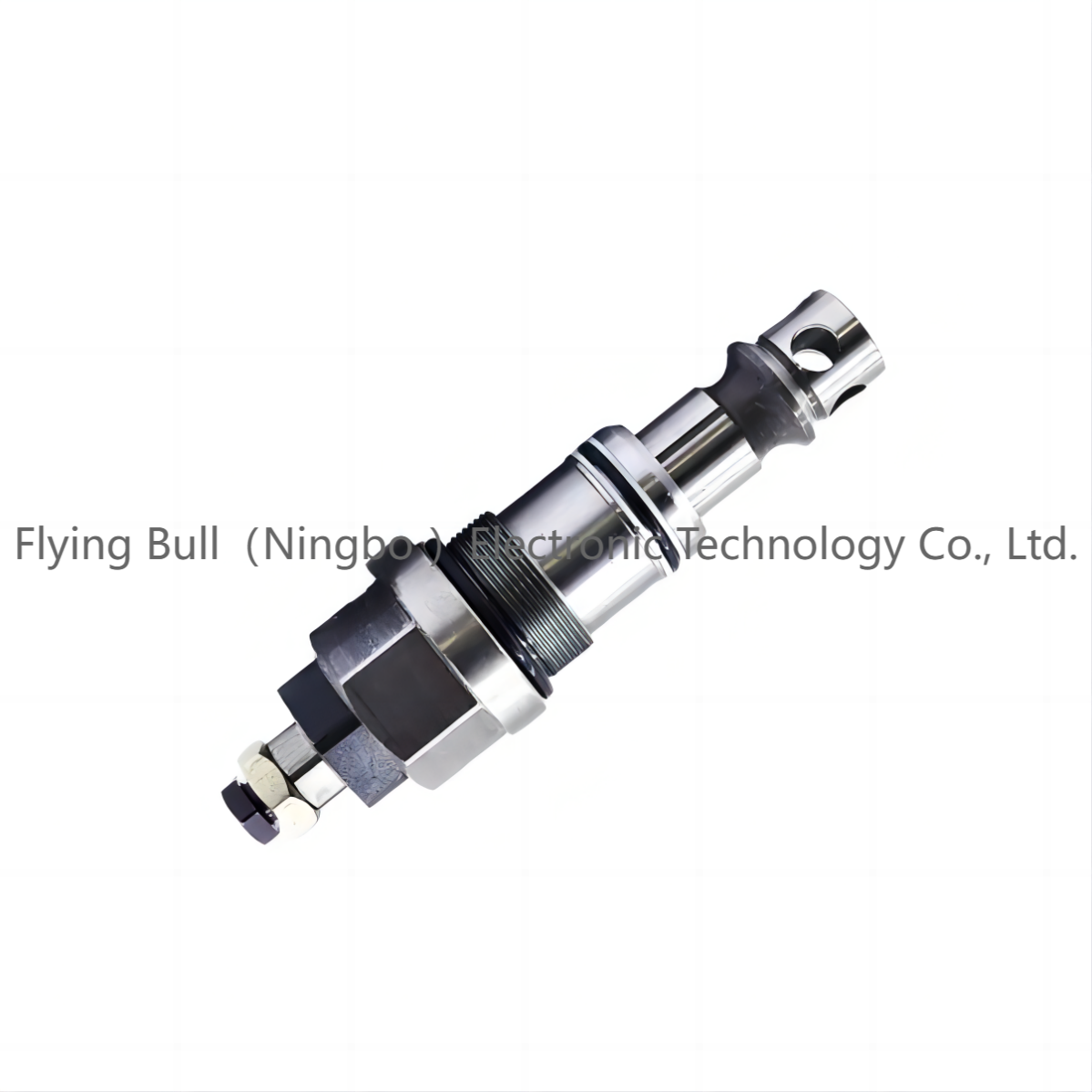
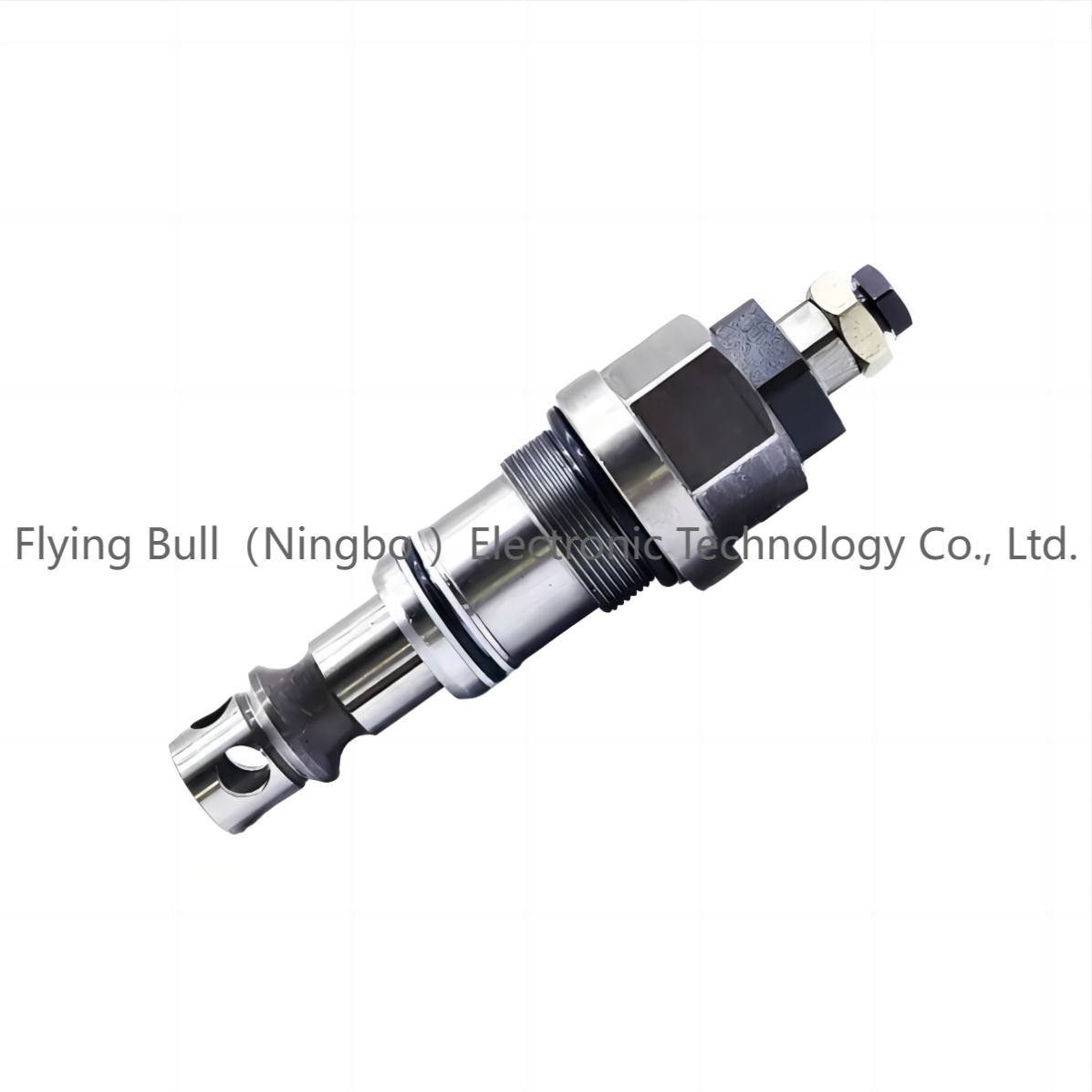
Company details







Company advantage
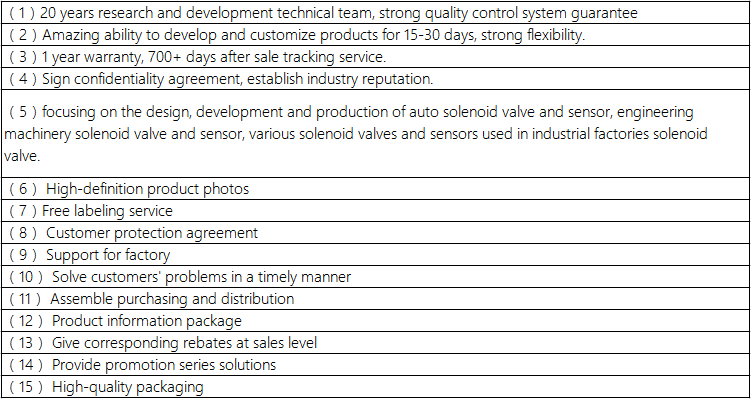
Transportation

FAQ
